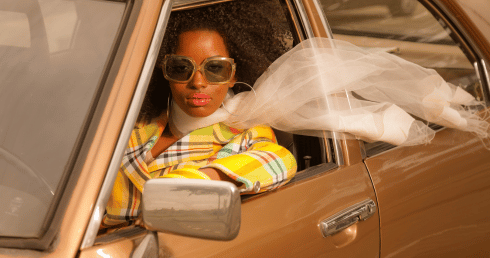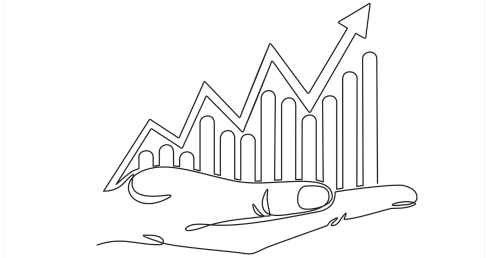A Future So Bright, We Need Shades

Mark Twain, in response to a newspaper article reporting his death, hilariously stated that "The reports of my demise are greatly exaggerated". This famous quote could have been used by our industry numerous times over the past few decades.
In the groovy 70s, contact lenses were touted as the ultimate solution that would eliminate the need for eyeglasses. Then came the fabulous 80s, when big hair was all the rage and corporate retail took over. With their fancy in-house labs and massive marketing budgets, it seemed like the end for small mom-and-pop optical shops.
Just as we were recovering from the corporate invasion of the 80s, the 90s gave us the rise of refractive surgery. This threatened our existence once again. We thought we wouldn't survive when everyone had perfect 20/20 vision. And as we entered the 21st century, advanced technologies like digital lens processing, AR, and photochromic products rendered in-house labs obsolete. The Grim Reaper was knocking on our door once more.
And of course, we can't forget 2020. It was supposed to be an amazing year, the year of perfect vision. Marketing folks were ecstatic about all the fun they could have, but then... *cue dramatic music* the shutdown happened. Once again, we started preparing for the demise of our industry.
The decline in global sales by 14% in 2020 was absolutely massive, with over $20 billion lost to the pandemic. While a few businesses did not survive, the majority did, and we have been steadily recovering since then. Some might even argue that we have fully bounced back.
Considering our history of facing doom and gloom, I firmly believe that the future holds even brighter prospects for us. Sure, there will be more scares and moments where our industry seems to be on the verge of extinction, but just like in the past, our demise will once again be greatly exaggerated.
 Projections indicate that by 2028, the global eyewear market will reach a staggering $172 billion in sales, up from $115 billion in 2021. This growth will be driven by our aging population, with presbyopes living longer than ever.
Projections indicate that by 2028, the global eyewear market will reach a staggering $172 billion in sales, up from $115 billion in 2021. This growth will be driven by our aging population, with presbyopes living longer than ever.
We are witnessing a rise in multiple-pair purchases, as more customers are using their glasses for both style and vision and buying more frequently. The increase in computer vision syndrome is bringing younger patients to our offices in search of relief. Products like Eyezen, with their harmful blue light reduction, are contributing to higher average ticket prices.
Even pre-emerging presbyopes are seeking assistance at a younger age due to the rise in tablet, phone, and computer use. There has never been a more exciting time to be in our industry.
In the not-too-distant future, we can expect a surge in sales of electronic focusing lenses, which are likely to become more affordable in the coming years. While smart glasses may not be widely accepted by today's consumers, they will continue to improve and grow in popularity. Nobody born before the 90s could have imagined a world where people walk around staring at their phones 24/7. Now, we use our watches like we used our phones 5 years ago, and soon, many will have a HUD (heads-up display) in their glasses.
The good news is that during dinner, you won't even notice that your children are ignoring you. They won't have their heads buried in their phones; instead, they'll be watching their TikTok videos while casually glancing at you.
Yes, our industry has been through a lot in the last 50 years and there's more to come, but if the past has taught us anything, it's that we should never count ourselves out.

